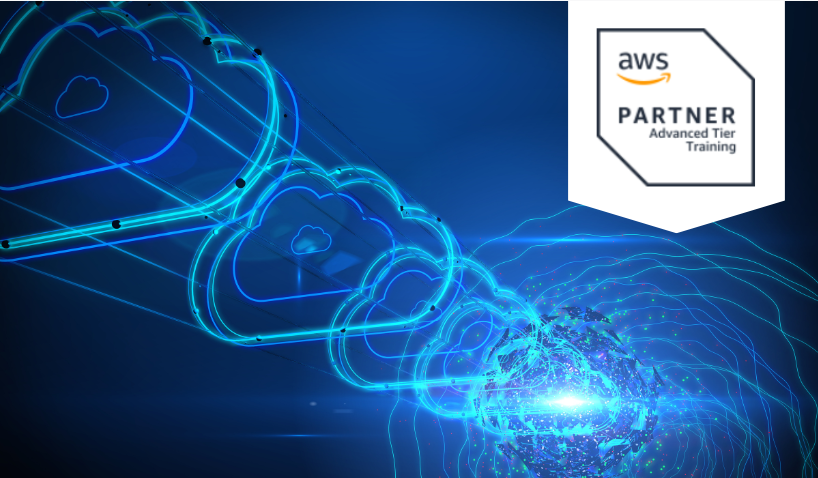Who should attend
This course is intended for:
Sales
Legal
Marketing
Business analysts
Project managers
AWS Academy students
Other IT-related professionals
Certifications
This course is part of the following Certifications:
AWS Certified Cloud Practitioner
Prerequisites
We recommend that attendees of this course have the following prerequisites:
General IT technical knowledge
General IT business knowledge


